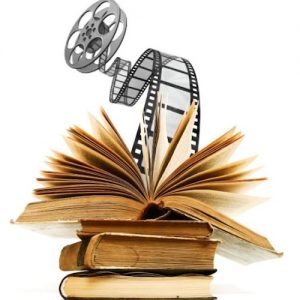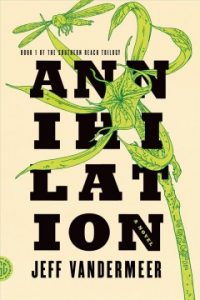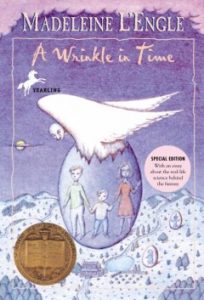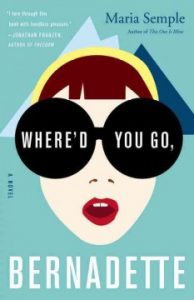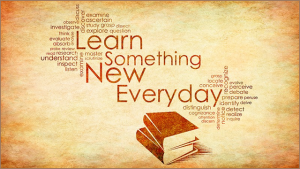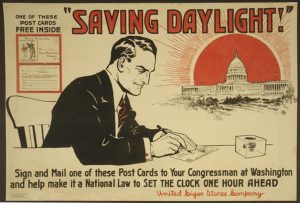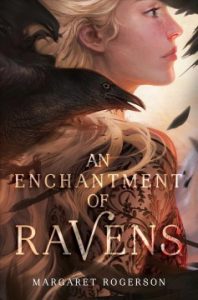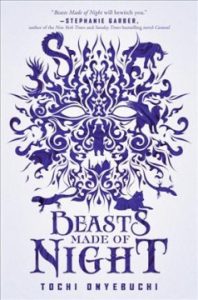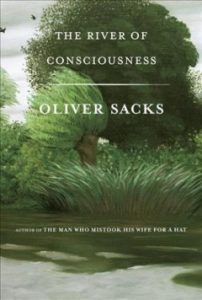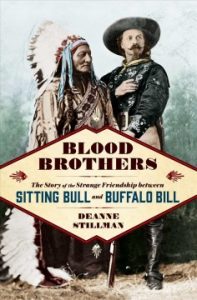Growing up, Sylvester and the Magic Pebble was one of my favorite books, so it is with enormous pleasure that we at the Free For All celebrate it’s author, William Steig, who was born this day in 1907.
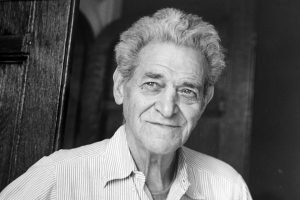
Steig was the child of two Polish-Jewish immigrants from Austria; his father Joseph was a house painter, and his mother Laura was a seamstress. Growing up, he loved art and literature, and his mother, especially, encouraged his own artistic endeavors. He was also a talented athlete, and was a member of the collegiate All-American water polo team. He graduated high school at 15, and though he attended three colleges: two years at City College of New York, three years at the National Academy of Design and five days at the Yale School of Fine Arts, but never graduated from any of them. His siblings were also artistically talented: is brother Irwin was a journalist and painter, his brother Henry was a writer, painted, and saxophonist, and his brother Arthur was a writer and poet, who, according to Steig, read The Nation in the cradle, was telepathic and “drew as well as Picasso or Matisse”.
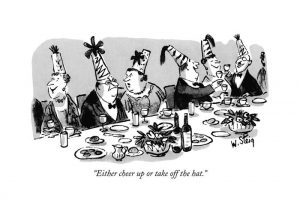
Because they were confirmed Socialists, Steig explained, “My parents didn’t want their sons to become laborers, because we’d be exploited by businessmen, and they didn’t want us to become businessmen, because then we’d exploit the laborers. Since we couldn’t afford to study professions, we were encouraged to be artists.” Steig became the breadwinner of his family when his father lost his job in the Great Depression. By selling his drawings, he remembered, “I earned $4,500 the first year, and it was more than our family, then four of us, needed.”
Steig published his first New Yorker cartoon in 1930. It was the first of some 1,600 that he would publish in the magazine. His humor was visual far more than it was linguistic–in other words, you could learn what you needed about the cartoon and the joke it told by looking at it far more than you could by reading the caption. This style liberated a number of cartoonists who came after him to try to convey more with art than with words.
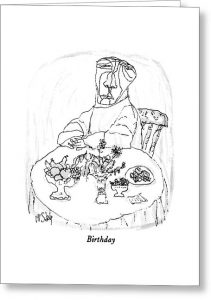
According to The New York Times, Steig was also credited with changing the nature of the greeting card industry. His symbolic drawings were licensed to appear on cocktail napkins, glasses and cards. “Greeting cards used to be all sweetness and love,” he explained in an interview with The Hartford Courant. “I started doing the complete reverse — almost a hate card — and it caught on.” You can see an example of his card to above, taken from Fine Art America, and decide for yourself.
Steig was also a gifted children’s book writer and illustrator, publishing 25 in the course of his lifetime. He especially liked using animals as the characters in the stories because he “could get crazier with animals and have them do stranger things.” Not only did Steig’s books embrace the slightly kooky logic, language, and morals of childhood, but his drawings were also simple, accessible, and, like so many of his drawings for grown-ups, packed with emotion.
So if you’re looking for a bit of an escape today, why not check out a few of William Steig’s books, listed below. I guarantee you that you already know of at least one of them!
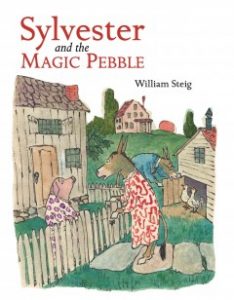 Sylvester and the Magic Pebble: A terrific, funny, and tense story about being careful what you wish for, as well as the power of parents to see you for who you really are. Even if it’s a rock. This book actually got Steig in a bit of hot water–in the course of the book, the police are summoned to help find our hero, Sylvester. Steig made the policemen pigs, a choice that got the book banned in places because the International Conference of Police Associations thought Mr. Steig was calling policemen pigs. Steig adamantly argued his intention was never negative. The book won the National Book Award and the Caldecott Medal.
Sylvester and the Magic Pebble: A terrific, funny, and tense story about being careful what you wish for, as well as the power of parents to see you for who you really are. Even if it’s a rock. This book actually got Steig in a bit of hot water–in the course of the book, the police are summoned to help find our hero, Sylvester. Steig made the policemen pigs, a choice that got the book banned in places because the International Conference of Police Associations thought Mr. Steig was calling policemen pigs. Steig adamantly argued his intention was never negative. The book won the National Book Award and the Caldecott Medal.
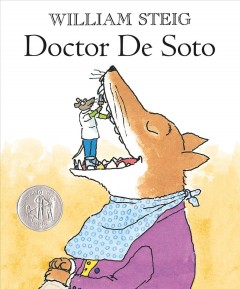 Doctor De Soto: Doctor De Soto, a mouse dentist, copes with the toothaches of various animals. He and his wife, who serves as his assistant, work together to treat patients with as little pain as possible. Dr. De Soto uses different chairs, depending on the size of the animal, with Mrs. De Soto guiding her husband with a system of pulleys for treating extra-large animals. They refuse to treat any animal who likes to eat mice…until one day a fox comes to them in great pain. This is a story that really highlights Steig’s love of language–to this day, it’s still fun to read the Fox’s dialog while he’s in Dr. De Soto’s chair with his mouth propped open (“Frank Oo Berry Mush!”). This book was in my dentist’s office when I was a kid, and, as a result, I learned that dentists were nice, and would help you out, even if you said silly things to them. And didn’t try to eat them.
Doctor De Soto: Doctor De Soto, a mouse dentist, copes with the toothaches of various animals. He and his wife, who serves as his assistant, work together to treat patients with as little pain as possible. Dr. De Soto uses different chairs, depending on the size of the animal, with Mrs. De Soto guiding her husband with a system of pulleys for treating extra-large animals. They refuse to treat any animal who likes to eat mice…until one day a fox comes to them in great pain. This is a story that really highlights Steig’s love of language–to this day, it’s still fun to read the Fox’s dialog while he’s in Dr. De Soto’s chair with his mouth propped open (“Frank Oo Berry Mush!”). This book was in my dentist’s office when I was a kid, and, as a result, I learned that dentists were nice, and would help you out, even if you said silly things to them. And didn’t try to eat them.
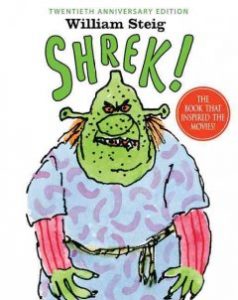 Shrek!: Raise your hand if you knew that William Steig was the creator of everyone’s favorite green ogre. The name “Shrek” is the romanization of the Yiddish word that equates to the German Schreck and meaning “fear” or “fright”. It’s a common exclamation in Yiddish culture, and thus a natural choice for Steig to name his ogre who leaves his home and travels the world to find his princess. Steven Spielberg acquired the rights for the book in 1991, and released the film Shrek in 2001. Steig passed away shortly before the release of Shrek 2, and the film is dedicated to him.
Shrek!: Raise your hand if you knew that William Steig was the creator of everyone’s favorite green ogre. The name “Shrek” is the romanization of the Yiddish word that equates to the German Schreck and meaning “fear” or “fright”. It’s a common exclamation in Yiddish culture, and thus a natural choice for Steig to name his ogre who leaves his home and travels the world to find his princess. Steven Spielberg acquired the rights for the book in 1991, and released the film Shrek in 2001. Steig passed away shortly before the release of Shrek 2, and the film is dedicated to him.

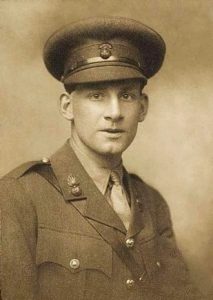 Siegfried Sassoon was born on September 8, 1886. He enlisted in the British Army a week before the outbreak of the First World War. He served throughout the war on the Western Front, and was treated for shell shock at Craiglockhart Hospital in Scotland under Doctor William H.R. Rivers in 1917. He relinquished his commission on health grounds on 12 March 1919. He was appointed Commander of the Order of the British Empire in 1951. He died from stomach cancer one week before his 81st birthday, on September 1, 1967.
Siegfried Sassoon was born on September 8, 1886. He enlisted in the British Army a week before the outbreak of the First World War. He served throughout the war on the Western Front, and was treated for shell shock at Craiglockhart Hospital in Scotland under Doctor William H.R. Rivers in 1917. He relinquished his commission on health grounds on 12 March 1919. He was appointed Commander of the Order of the British Empire in 1951. He died from stomach cancer one week before his 81st birthday, on September 1, 1967.
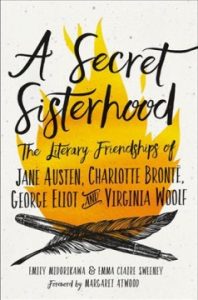
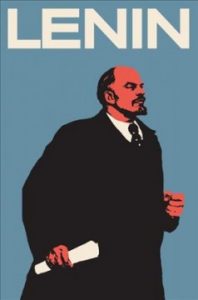
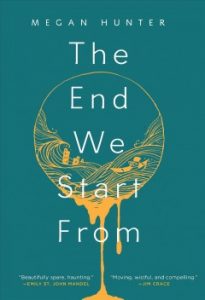
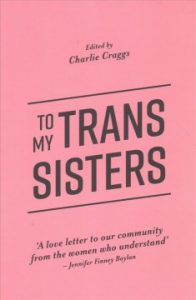
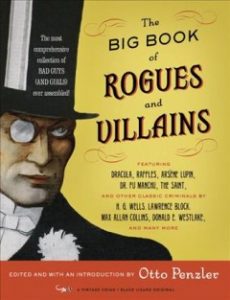

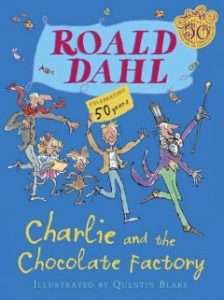 There was a pause. Then suddenly, Violet Beauregarde, the silly gum-chewing girl, let out a yell of excitement. ‘By gum, it’s gum!’ she shrieked. ‘It’s a stick of chewing-gum!’
There was a pause. Then suddenly, Violet Beauregarde, the silly gum-chewing girl, let out a yell of excitement. ‘By gum, it’s gum!’ she shrieked. ‘It’s a stick of chewing-gum!’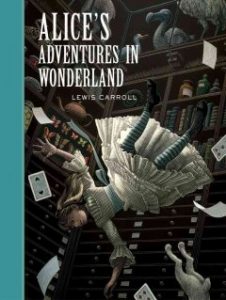 Soon her eye fell on a little glass box that was lying under the table: she opened it, and found in it a very small cake, on which the words `EAT ME’ were beautifully marked in currants. `Well, I’ll eat it,’ said Alice, `and if it makes me grow larger, I can reach the key; and if it makes me grow smaller, I can creep under the door; so either way I’ll get into the garden, and I don’t care which happens!’
Soon her eye fell on a little glass box that was lying under the table: she opened it, and found in it a very small cake, on which the words `EAT ME’ were beautifully marked in currants. `Well, I’ll eat it,’ said Alice, `and if it makes me grow larger, I can reach the key; and if it makes me grow smaller, I can creep under the door; so either way I’ll get into the garden, and I don’t care which happens!’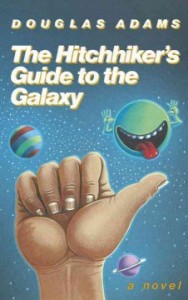
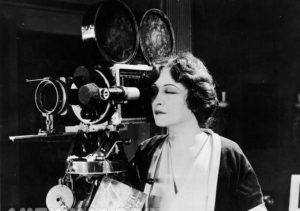 …but that doesn’t mean we can’t look forward to a few good literary adaptations in the near future, right?
…but that doesn’t mean we can’t look forward to a few good literary adaptations in the near future, right?